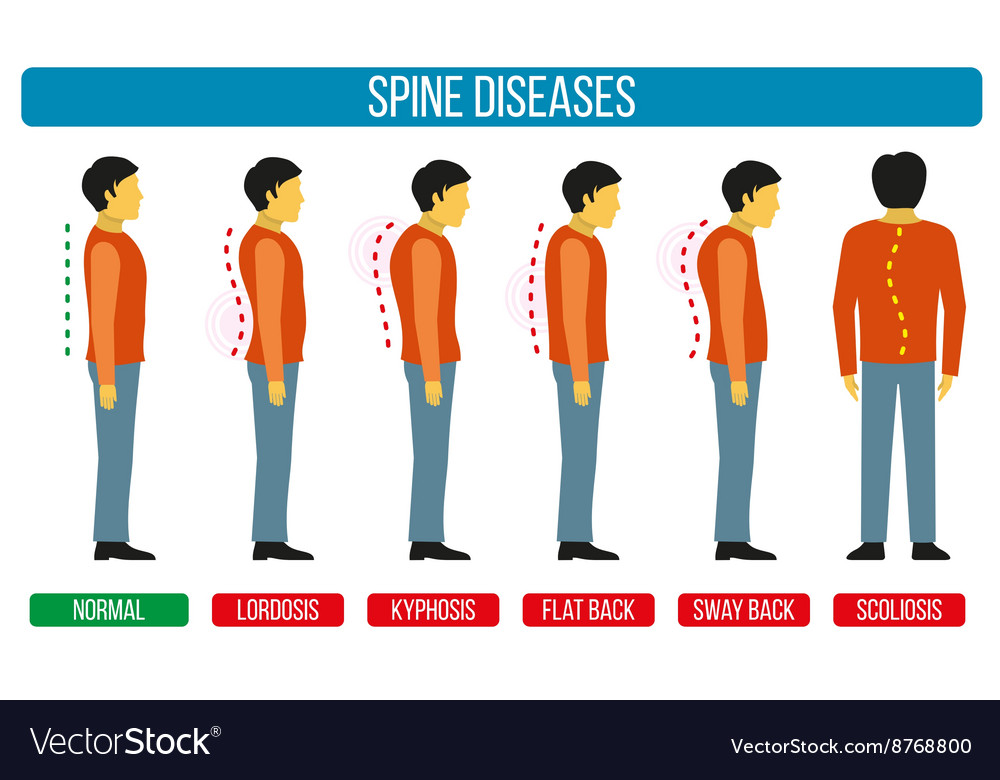Analyze The Physical Elements That Are Driving Brand-New Approaches To Lower Back Pain
Analyze The Physical Elements That Are Driving Brand-New Approaches To Lower Back Pain
Blog Article
Team Author-Lassiter Wright
As you think about the future landscape of back pain treatment, imagine a realm where modern technology perfectly intertwines with conventional therapies to offer novel services. Think of a world where virtual reality not just delights however likewise heals, where robotic precision redefines minimally intrusive procedures, and where psychophysiological feedback equips people in their pain management trip. The advancements in pain in the back treatments are not just theoretical scenarios yet substantial realities shaping the method we come close to and relieve this prevalent condition.
Virtual Reality Treatment for Back Pain
Are you tired of standard treatments for your pain in the back? Virtual Reality Therapy uses a novel method to handling your pain. By immersing yourself in an online atmosphere, you can distract your mind from the pain signals being sent to your mind, giving relief in an unique and cutting-edge way.
Making use of specific VR headsets, you can take part in different activities and simulations made to target specific locations of your back that are causing you pain. These immersive experiences can help you kick back strained muscle mass, boost your pose, and enhance your general mobility.
Furthermore, virtual reality treatment can also aid in minimizing stress and anxiety and stress and anxiety levels, which are commonly contributing elements to pain in the back.
Imagine having the ability to go through therapy without the demand for medication or invasive procedures. With Virtual Reality Therapy, you have the possibility to handle your pain in the back in a risk-free and non-intrusive fashion.
Robotic-Assisted Neck And Back Pain Treatments
Using advanced robot technology, back pain treatments have advanced to incorporate robotic support in targeting and attending to certain areas of pain in an accurate and controlled manner.
Robotic-assisted back pain therapies supply a high degree of precision and customization, allowing for extra effective and tailored therapy for individuals experiencing neck and back pain. These robotic systems can execute minimally intrusive treatments with improved accuracy, reducing the risk of complications and boosting outcomes.
https://personal-injury-chiroprac95173.blogadvize.com/38237984/from-aches-to-placement-just-how-chiropractors-can-recover-your-body -assisted treatments provide doctors with real-time feedback and imaging, enabling them to navigate the spine with unprecedented accuracy. By using robotic arms or gadgets, doctor can access hard-to-reach areas with greater ease, bring about more successful interventions.
Furthermore, these innovations can adapt to the individual's activities throughout surgical treatment, making sure a much safer and a lot more reliable procedure.
Psychophysiological Feedback Modern Technology in Back Pain Monitoring
With the innovation of technology in pain in the back therapies, psychophysiological feedback modern technology becomes an important tool in handling and easing pain associated with pain in the back. Biofeedback allows you to acquire recognition and control over physical features that are typically involuntary, such as muscular tissue tension and heart rate.
By utilizing sensors to monitor these functions, biofeedback tools provide real-time data that enables you to make aware modifications to lower pain and anxiety degrees. With have a peek here or acoustic signs, psychophysiological feedback helps you comprehend exactly how your body reacts to different circumstances, encouraging you to modify your actions and boost physical wellness.
This innovation promotes relaxation, improves position, and help in muscle re-education, all of which are crucial aspects in managing pain in the back efficiently. By integrating biofeedback right into your pain in the back management strategy, you can take an active function in your therapy and attain lasting remedy for discomfort.
Conclusion
To conclude, the future of neck and back pain therapy looks bright with the innovations in virtual reality therapy, robotic-assisted treatments, and psychophysiological feedback modern technology. These arising technologies offer innovative options to minimize pain in the back, improve mobility, and improve total lifestyle. With proceeded research and development, these advanced treatments have the prospective to transform the way we come close to and treat pain in the back, giving wish for those seeking efficient and customized services.
